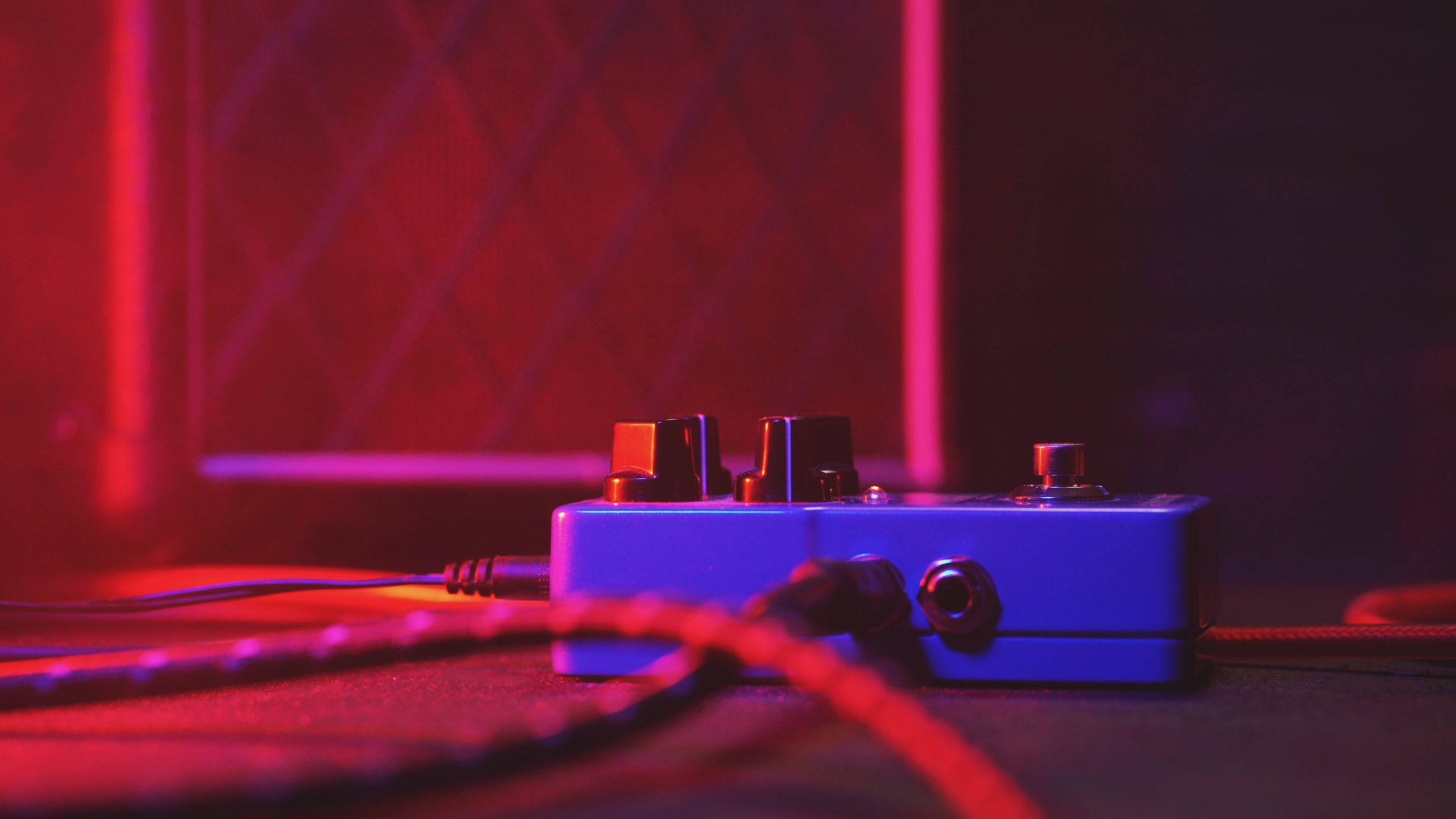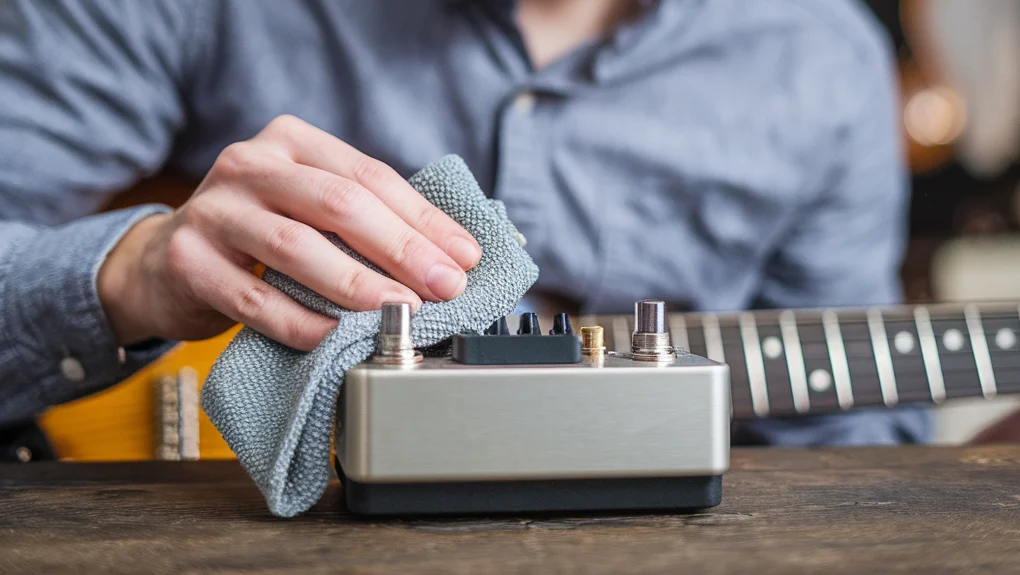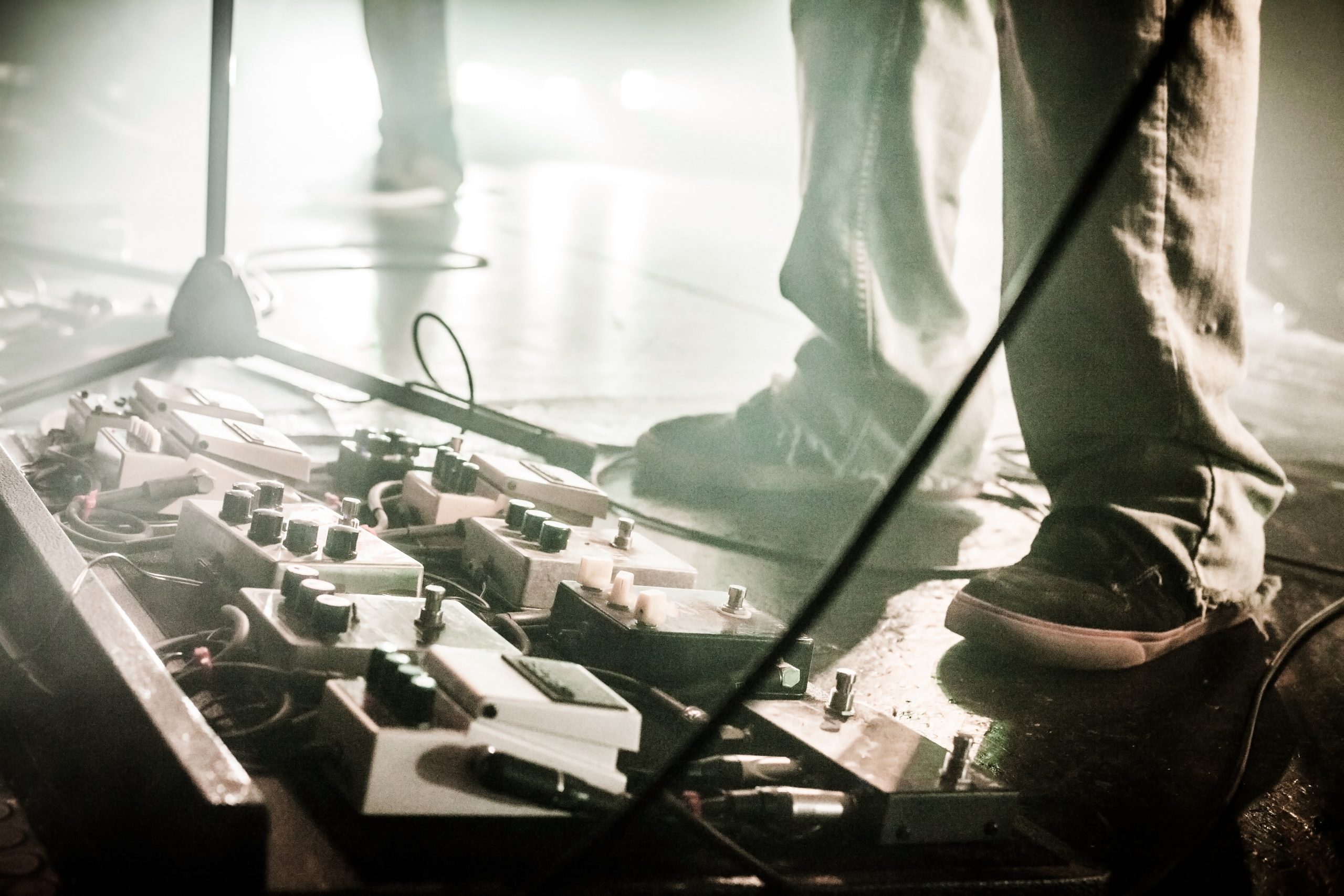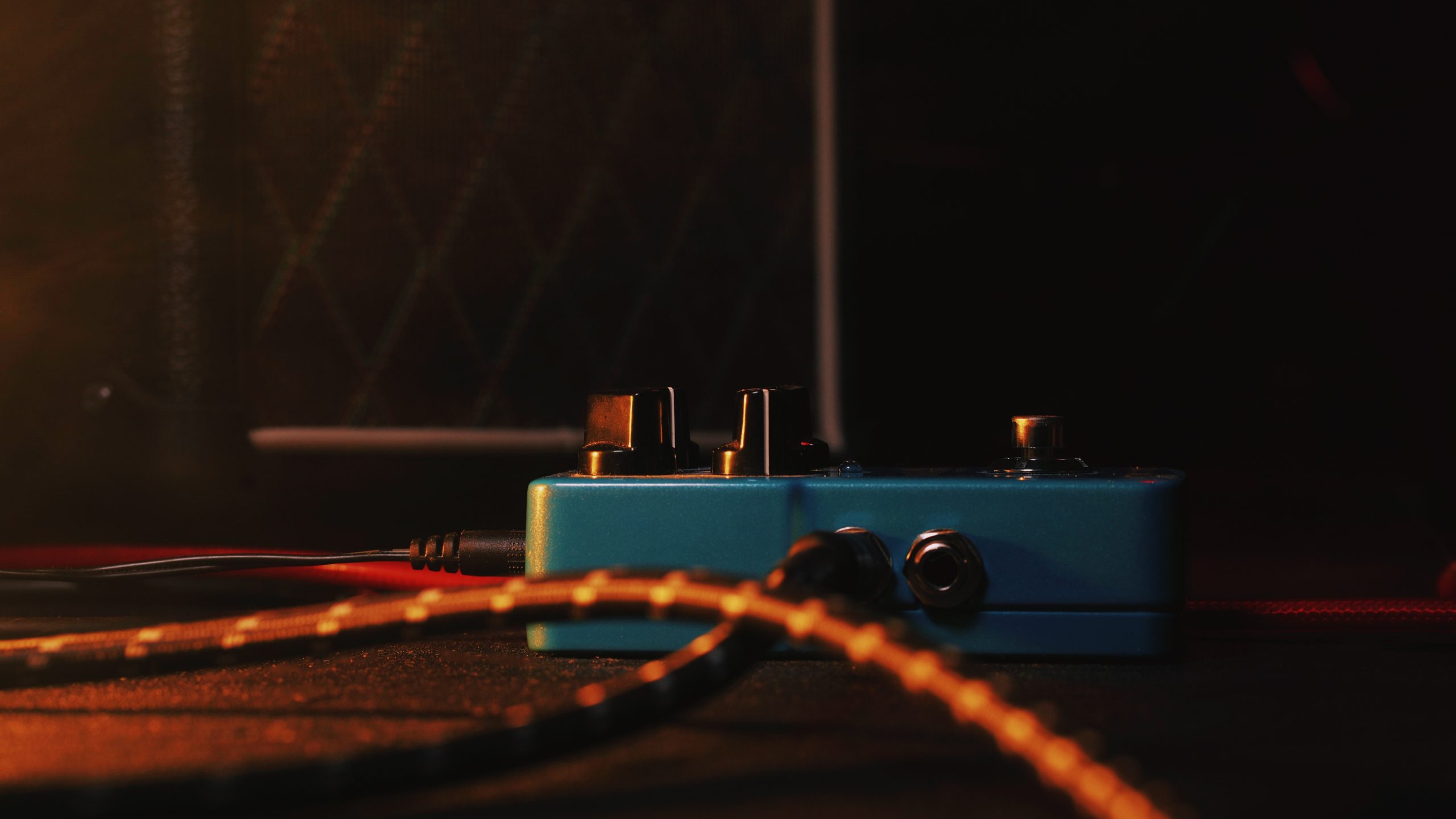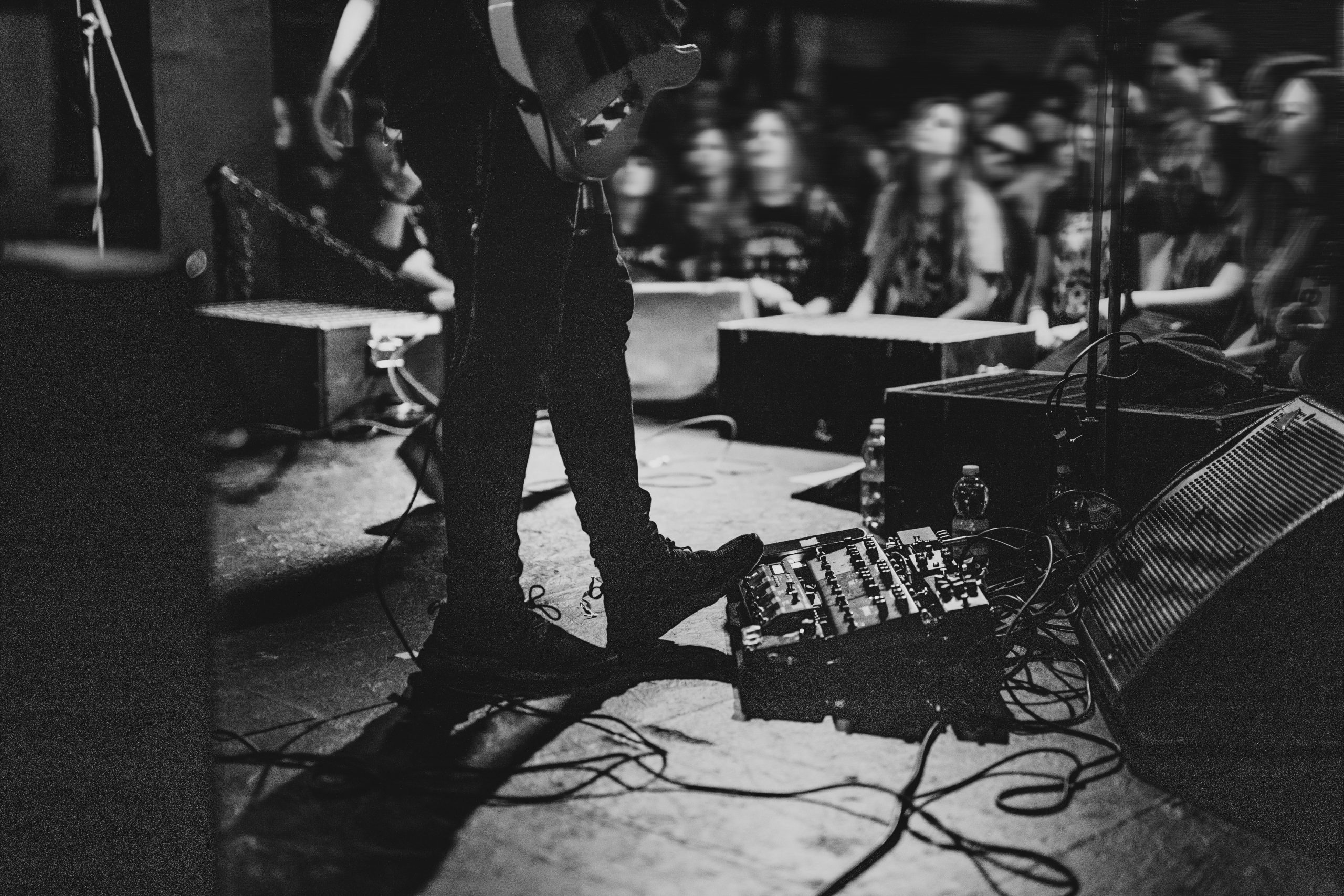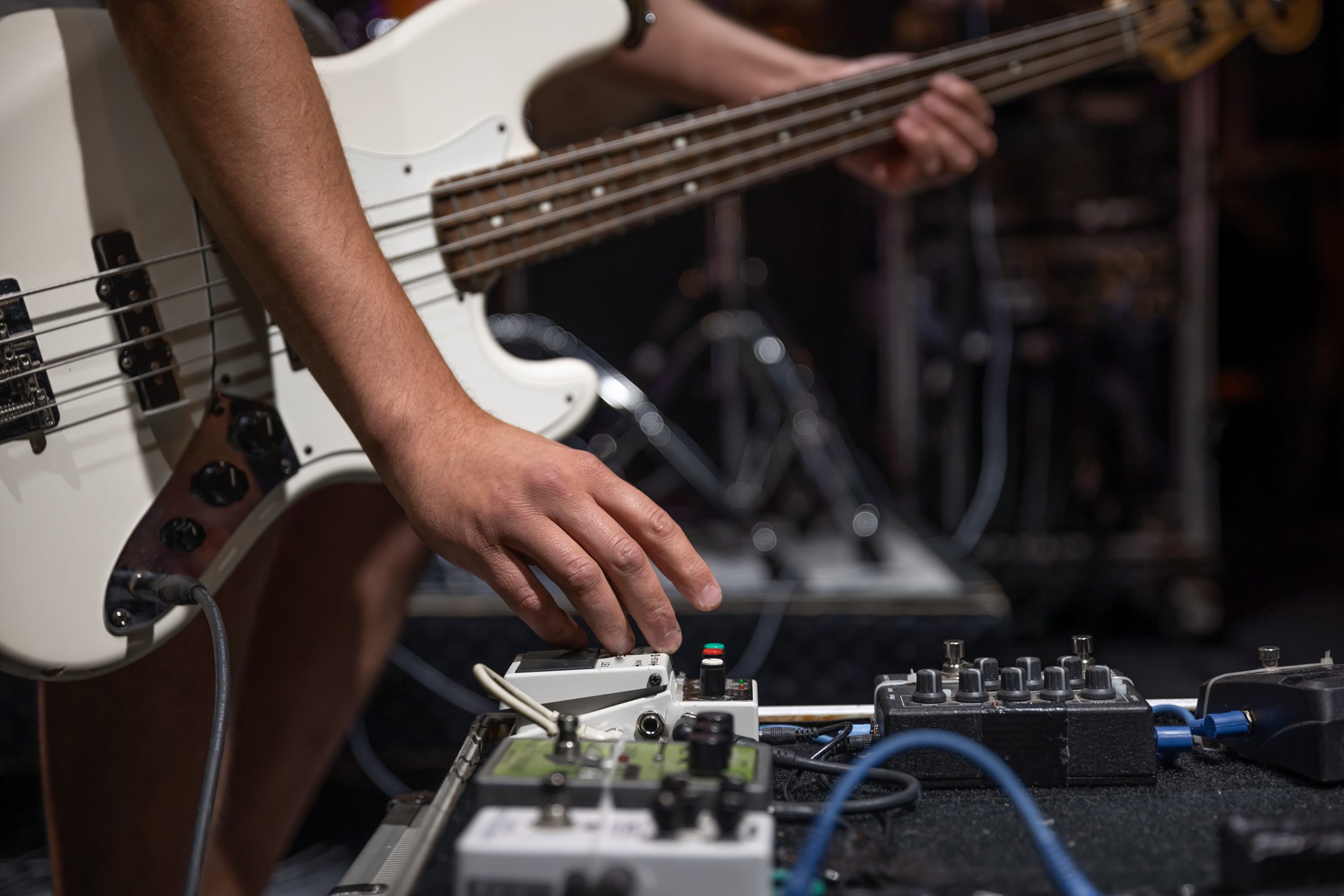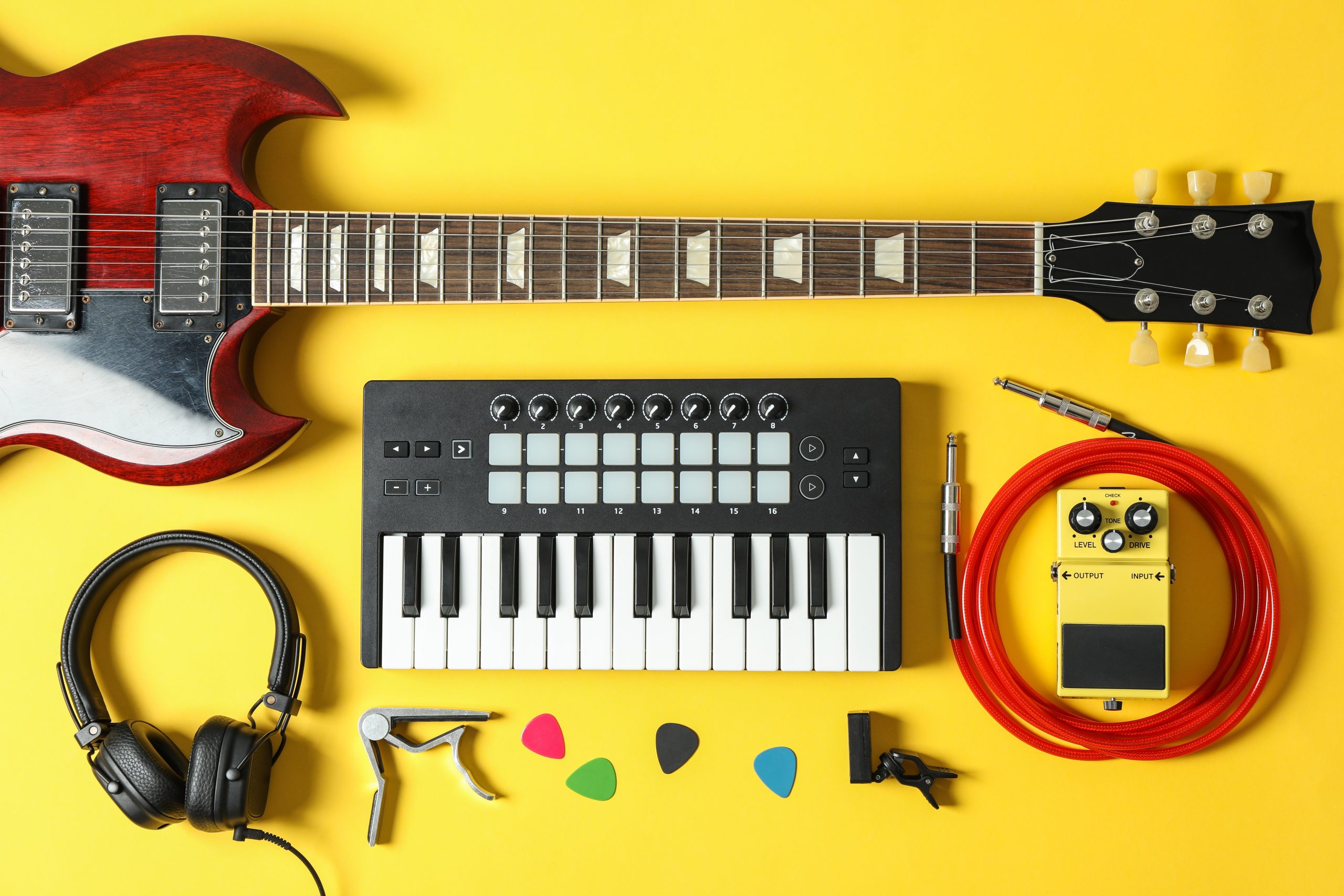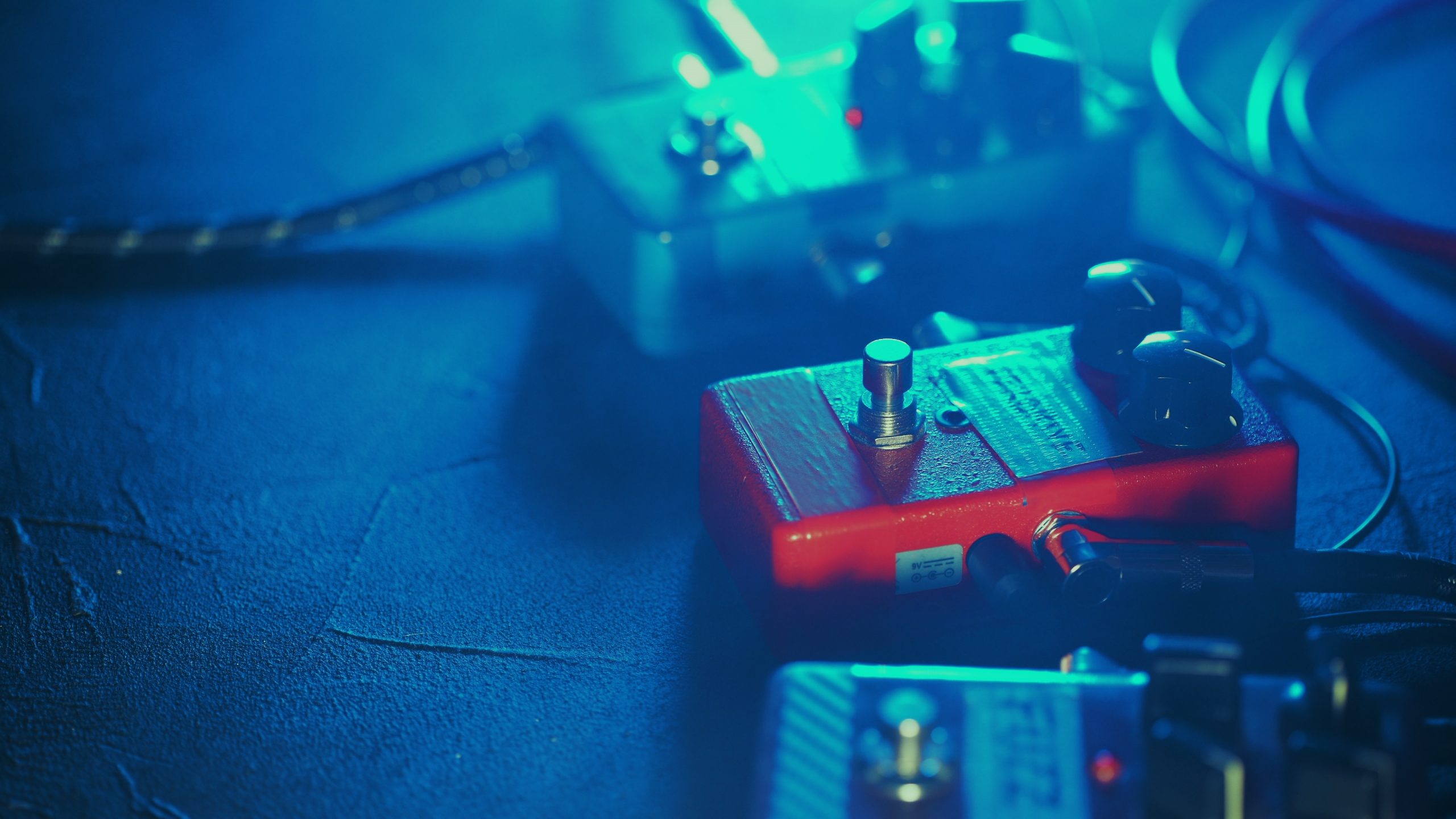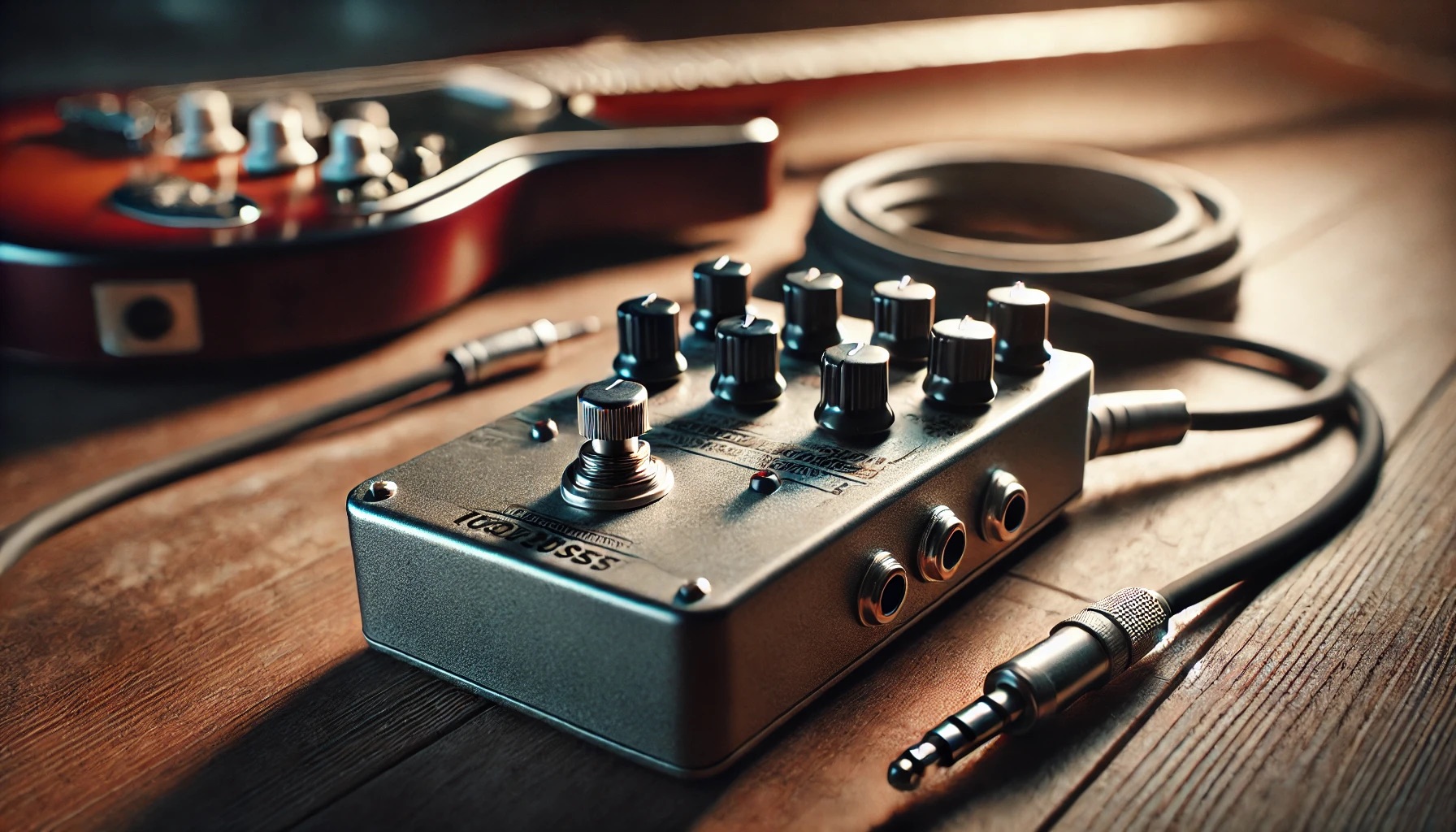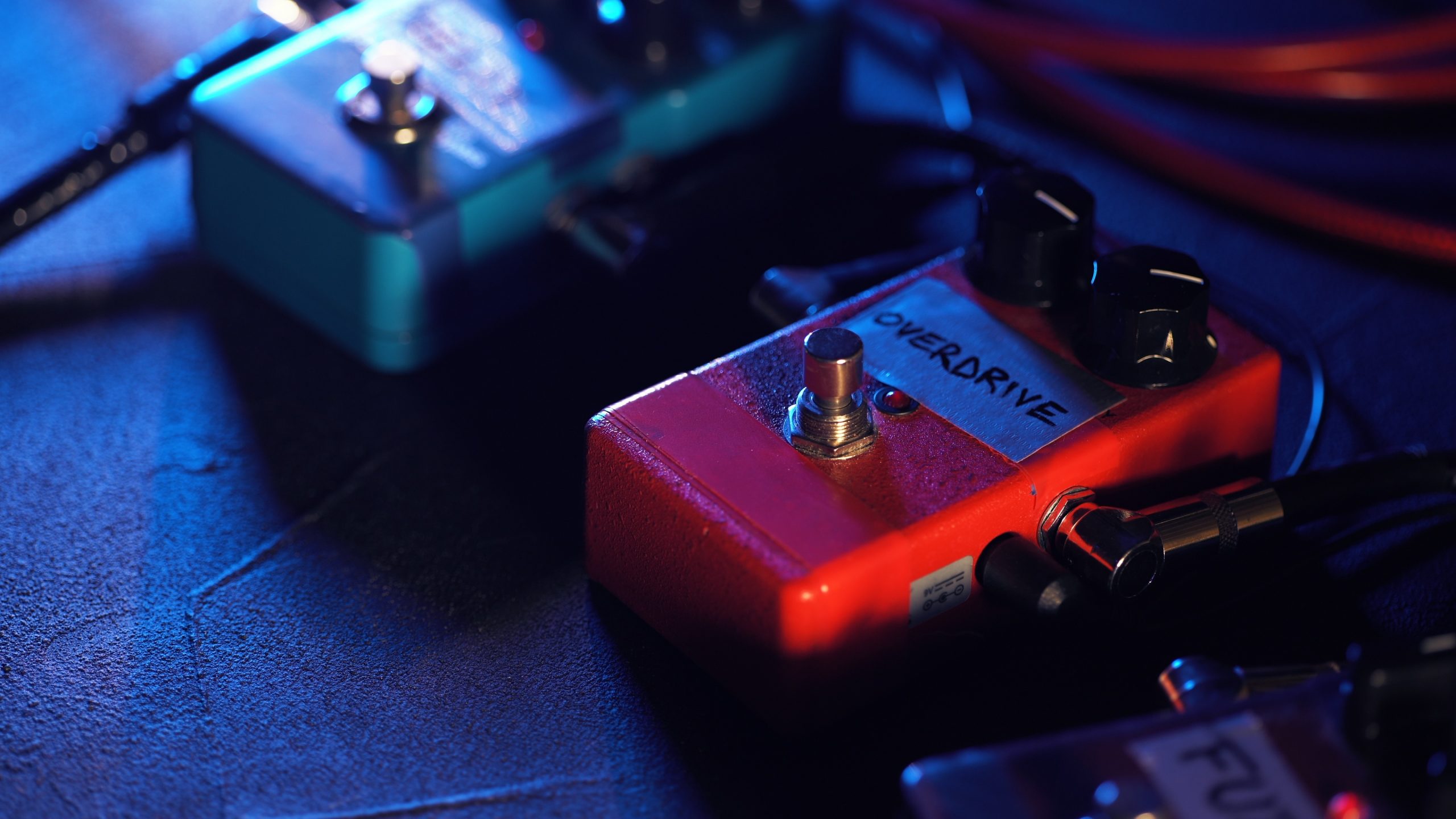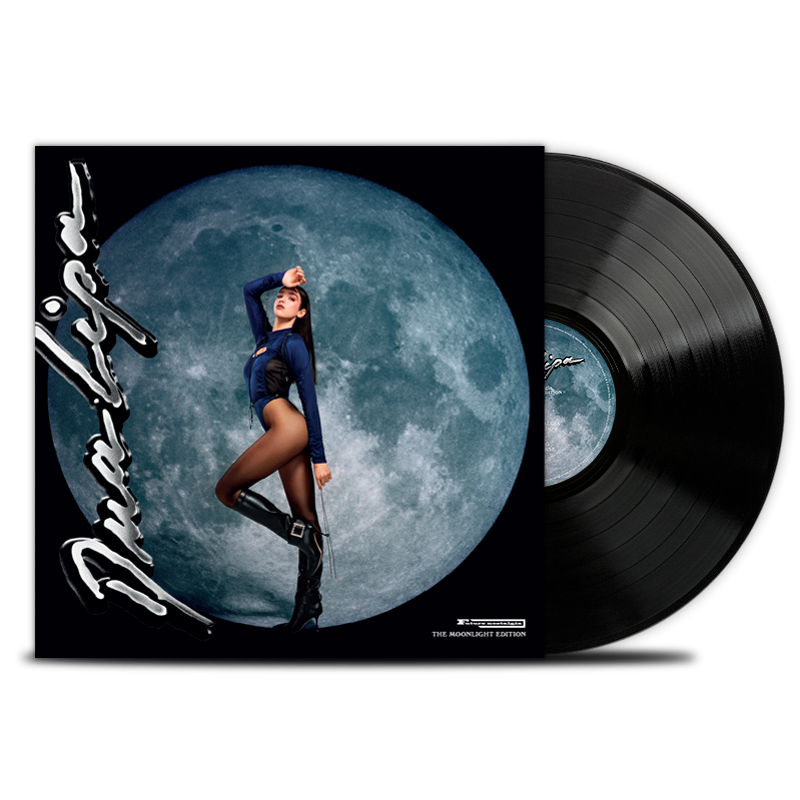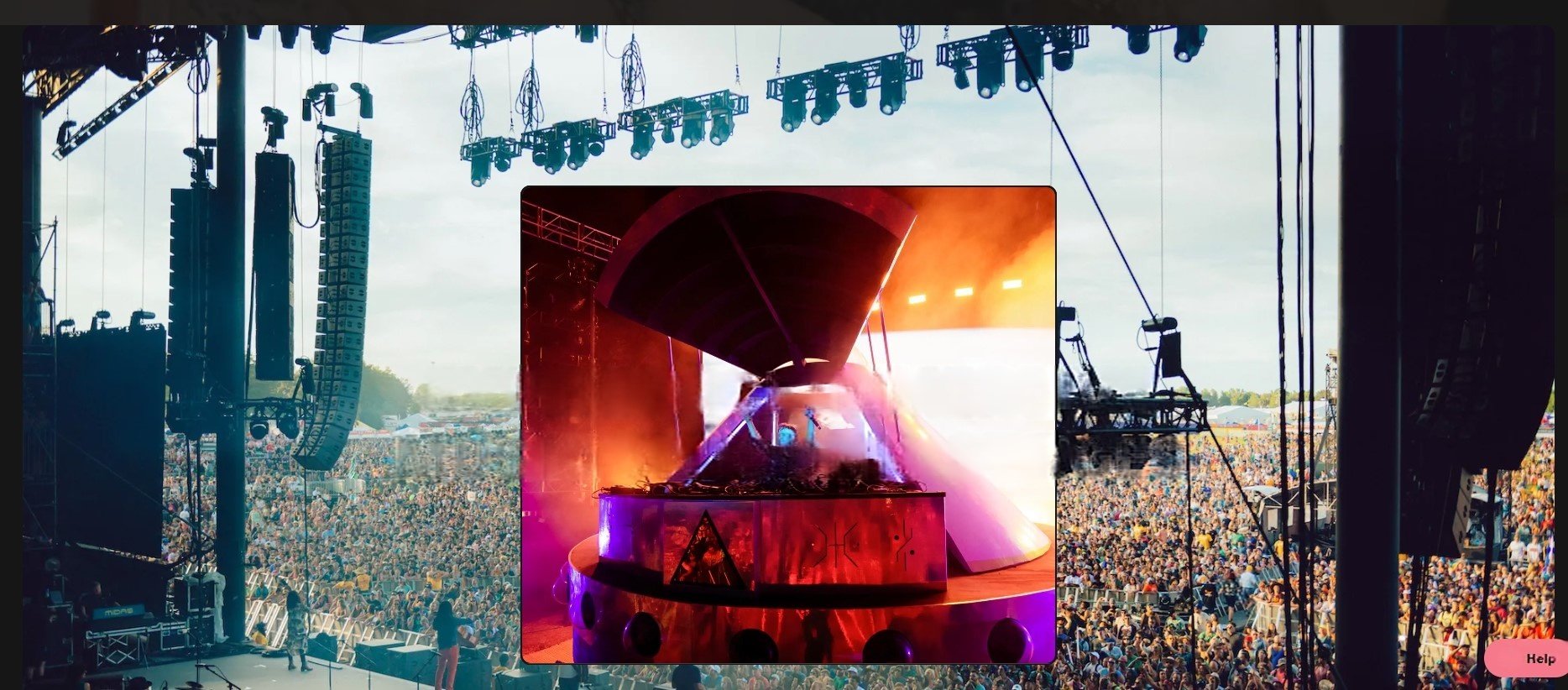KEY TAKEAWAYS
- Gate pedals like the NS-2 Noise Suppressor work to reduce the prevalence of unwanted sounds in your audio signal due to amp hums and the like.
- Just like a standard compressor, you set a volume threshold and let the pedal do the rest.
- When using one of these pedals, place them before effects like reverb and delay in your signal path.
If you are new to guitar effects, you may wonder how to use a noise gate pedal. Many of the best guitars, after all, integrate with a vast array of effects pedals, and noise gate pedals are one of the more popular options. So what exactly is a noise gate pedal, and why is this type of pedal considered one of the best guitar pedals for certain musicians? Keep reading to find out.
What is a Noise Gate Pedal?
When learning how to use a guitar pedal, you come across a type called the noise gate pedal. This can seem like a particularly complex type of pedal, especially if you are learning what guitar pedals are in the first place. Simply put, a noise gate pedal is a type of compressor that attenuates a signal that drops below a certain pre-determined threshold so that additional noise does not show up in the signal path. This specific purpose makes it extremely popular with rock guitarists if you are learning about Jack White’s pedals.
In other words, this is more of a preventative pedal, so using it differs from learning how to use a chorus pedal. Think of it this way. A noise gate pedal acts as your gate to keep out unwanted noise.
Tips to Use a Noise Gate Pedal
These pedals excel at eliminating that annoying guitar amp hum and reducing the volume of unwanted bursts of noise as you play guitar. This is especially important in the moments when you are not playing, especially when connected to a powerful amp. With that said, here are tips for using a noise gate pedal.
Placement is Important
Compressor pedals of all types dramatically shift the tone when placed at the beginning or end of a signal chain, and this is true of gate pedals. There is no “right” answer here, but there are some basic tips. The noise gate is going to impact anything that comes before it, so put any effects that you want to remain unimpacted, like delay or reverb, after the pedal. Additionally, consider placing the pedal directly after another pedal that makes a lot of noise, like distortion.
Less is More
Keep the settings low as you use the pedal. You want to reduce unwanted noise, but you do not want to impact the actual signal. Otherwise, your playing will become buried in the mix, which is typically not a good thing.
Gate Pedal FAQs
Are there any disadvantages?
You can dampen certain elements of the audio signal path if you are not careful, and you can reduce the natural sustain of an electric guitar, effects loop, or any instrument.
Do I need a noise gate pedal?
This depends on the level of unwanted noise you get in your audio signal path when playing electric guitar with fuzz pedals and the like. If the noise is becoming a nuisance, go for one of these pedals and adjust the threshold control.
Who should purchase this?
Guitar players who create a ton of additional noise when playing, especially those with multiple fuzz or distortion pedals, should consider using one of these pedals to reduce unwanted noise in the signal chain or audio signal.
STAT
“If you play single-coil pickups or you use a high-gain amp, unwanted hum and buzz might be a common problem.” (source)
TIP: This type of pedal can decrease sustain when overused, so experiment to find the correct setting for your play style.
Sources:
https://www.andertons.co.uk/guitar-noise-gate-pedal-guide
https://rolandcorp.com.au/blog/how-to-use-boss-ns-2-noise-suppressor-in-your-rig
https://www.sweetwater.com/insync/where-should-i-put-my-noise-gate-in-my-guitar-signal-chain/
https://en.wikipedia.org/wiki/Noise_gate
https://guitarspace.org/sound-pedals/best-noise-gate-pedals/




